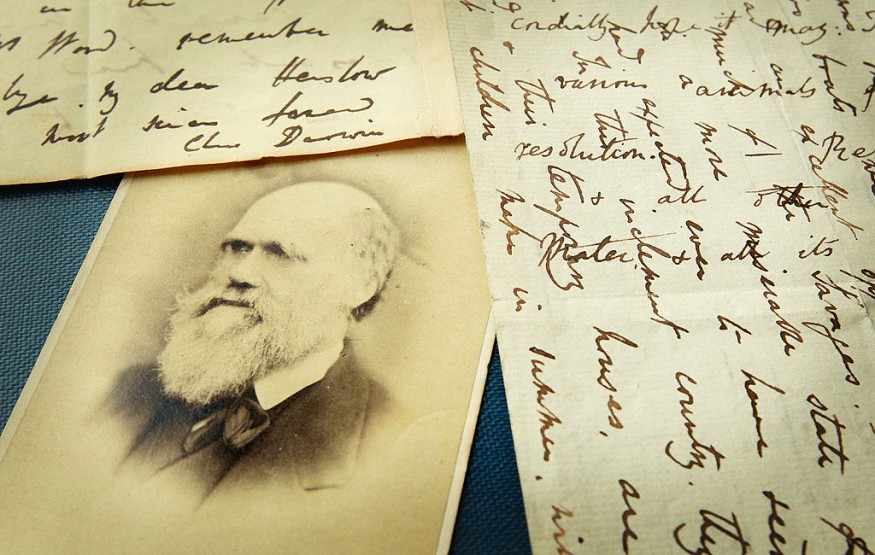Charles Darwin first formulated the theory of evolution by natural selection; which dictates that all living species go through the process of gradual changes in their physical structure and biological functions over a long period of time.
However, new research from the University of Reading in England, UK, found abrupt shifts in animal evolution can occur over short periods of time.
The findings were based on fossils collected from millions of years ago.
Yet, the abrupt shifts in animal evolution are still part of the theoretical underpinnings of gradual biological changes from Darwin's evolution theory.
The new research explores and confirms this gradual yet continuous evolutionary process.
Proposed Statistical Model

Researchers from the University of Reading published their work in the journal Nature Communications on Wednesday, March 4.
The study created a statistical model, although there are variances when it comes to the speed of evolution, abrupt, or gradual changes that are still part of the grand theory.
Some of the study's authors were led by Professor Mark Pagel, Dr. Ciara O'donovan, and Dr. Andrew Meade, who proposed the model that allowed the reconstruction of the changes in body size of more than 2,800 mammal species in a span of 170 million years, as per ScienceDaily.
Abrupt Shift and Gradual Change
The UK researchers discovered abrupt shifts and gradual changes are normal processes in animal evolution under Darwin's theory.
However, the discovery is significant since the study claimed that macroevolutionary changes have been a challenge to the scientific community since the 19th century.
Prior to the new research, Darwin and succeeding scientists found it hard to study macroevolution. This is due to the ongoing fluctuations when it comes to the small evolutionary changes and the more noticeable large evolutionary changes; as evolution occurs quickly, some go into the state of stasis.
Macroevolution is the large-scale evolution of a group of animals rather than at an individual level, according to the University of California, Berkeley.
For instance, macroevolution pertains to the larger evolutionary changes that best depict the origin and evolution of a new animal species or group.
Unlike the existence of technology of today in the fields of biology, geology, and archaeology, the equipment or method used by Darwin in his time is not adequate enough to determine abrupt shifts in animal evolution, which would require a large amount of data gathering tool.
Theory of Evolution by Natural Selection
Darwin first published the theory of evolution by natural selection, also known as the Theory of Evolution, in his book entitled "On the Origin of Species" in 1859, as cited by Live Science.
The theory is known for the concept that all living things have originated and evolved gradually from something.
Furthermore, the theory generally gives the premise that the survival of an individual will depend on natural selection, meaning a single organism will be able to thrive, survive, and reproduce if it has the necessary features to adapt to its environment, including from predators and natural disasters.
Collectively, the mechanisms and conditions for the survival of an individual from Darwin's theory are known as the famous phrase 'survival of the fittest.'
Related Article : Scientists Rework Darwin's Species Diversity Theory
© 2026 NatureWorldNews.com All rights reserved. Do not reproduce without permission.





